- The Diamond Arm (1969)
- Beware of the Car (1966)
- Gentlemen of Fortune (1971)
- The Twelve Chairs (1971)
- The Irony of Fate, or Enjoy Your Bath! (1976)
- The Most Charming and Attractive (1985)
- Operation Y and Shurik's Other Adventures (1965)
- The Royal Regatta (1966)
- The Blonde Around the Corner (1984)
- A Man from the Boulevard des Capucines (1987)
Soviet cinema has a rich tapestry of films that delve into the world of deception, trickery, and the art of the con. These films not only entertain but also offer a unique glimpse into the societal norms and the moral compass of the era. Here's a curated list of 10 Soviet films that showcase the craftiest characters, their elaborate schemes, and the cat-and-mouse games they play with the law. Each film brings its own flavor of humor, drama, and sometimes, a touch of social commentary, making them a must-watch for anyone intrigued by the art of the hustle.
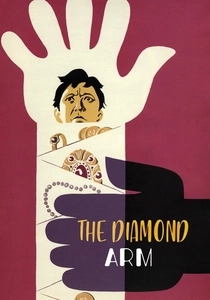
The Diamond Arm (1969)
Description: A classic Soviet comedy where an ordinary man becomes an unwitting pawn in a smuggling operation. The film is renowned for its slapstick humor and memorable characters, making it a timeless piece of Soviet cinema.
Fact: The film was shot in various locations including Yalta, and its humor has transcended generations, making it a staple in Russian pop culture.
 Watch Now
Watch Now 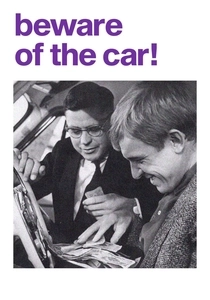
Beware of the Car (1966)
Description: A film about a man who pretends to be a car thief to help people recover their stolen vehicles, only to find himself entangled in real criminal activities. It's a clever mix of comedy and social satire.
Fact: The film was based on a short story by the famous Soviet writer O. Henry, showcasing the adaptability of Soviet cinema to Western literature.
 Watch Now
Watch Now 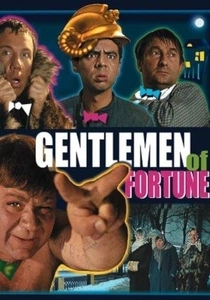
Gentlemen of Fortune (1971)
Description: This comedy follows a kindergarten teacher mistaken for a notorious criminal mastermind due to their uncanny resemblance. The film is a delightful mix of humor and adventure as the teacher navigates the underworld to clear his name.
Fact: The film was one of the highest-grossing Soviet films of the 1970s, and its catchphrase "What are we going to do?" became a cultural phenomenon.
 Watch Now
Watch Now 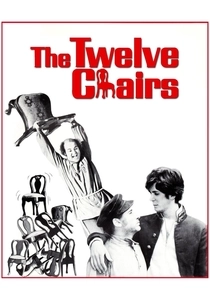
The Twelve Chairs (1971)
Description: A treasure hunt for a set of chairs, one of which contains hidden jewels, leads to a series of comedic misadventures. This film is a satirical take on the Soviet society's obsession with material wealth.
Fact: The film was adapted from a novel by Ilf and Petrov, and its humor and characters have made it a beloved classic.
 30 Days Free
30 Days Free 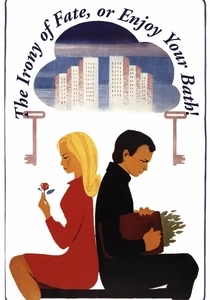
The Irony of Fate, or Enjoy Your Bath! (1976)
Description: While not strictly about con artists, this film involves a series of misunderstandings and mistaken identities that could be seen as a form of social con. It's a New Year's Eve classic with a unique twist on love and fate.
Fact: The film has become a tradition to watch on New Year's Eve in Russia, akin to "It's a Wonderful Life" in the West.
 30 Days Free
30 Days Free 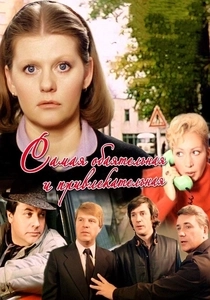
The Most Charming and Attractive (1985)
Description: A scientist invents a perfume that makes men fall in love with the wearer, leading to a series of comedic and romantic entanglements. It's a light-hearted exploration of love and manipulation.
Fact: The film was a commercial success, and its theme song became very popular.
 30 Days Free
30 Days Free 
Operation Y and Shurik's Other Adventures (1965)
Description: This film features three short stories, one of which involves a student named Shurik who inadvertently becomes involved in a theft scheme. It's a light-hearted look at the misadventures of a well-meaning but naive young man.
Fact: The character of Shurik became so popular that he appeared in several other films, becoming an iconic figure in Soviet comedy.
 30 Days Free
30 Days Free 
The Royal Regatta (1966)
Description: A group of friends devise a plan to win a yacht race by cheating, leading to a series of humorous and chaotic events. It's a playful look at ambition and the lengths people will go to achieve their dreams.
Fact: The film was shot on the Black Sea coast, showcasing the beauty of Soviet resorts.
 30 Days Free
30 Days Free 
The Blonde Around the Corner (1984)
Description: A young man's quest to find a mysterious blonde leads him into a world of scams and deception, with a touch of romance. This film blends humor with a more serious look at human relationships.
Fact: The film was one of the last major Soviet comedies before the dissolution of the USSR.
 30 Days Free
30 Days Free 
A Man from the Boulevard des Capucines (1987)
Description: A Westerner arrives in a small Soviet town to introduce cinema, leading to a series of comedic and cultural clashes. While not about con artists, the film plays with the idea of deception through the medium of film itself.
Fact: The film was one of the first Soviet films to openly satirize the Soviet system and its cultural isolation.
 30 Days Free
30 Days Free 








